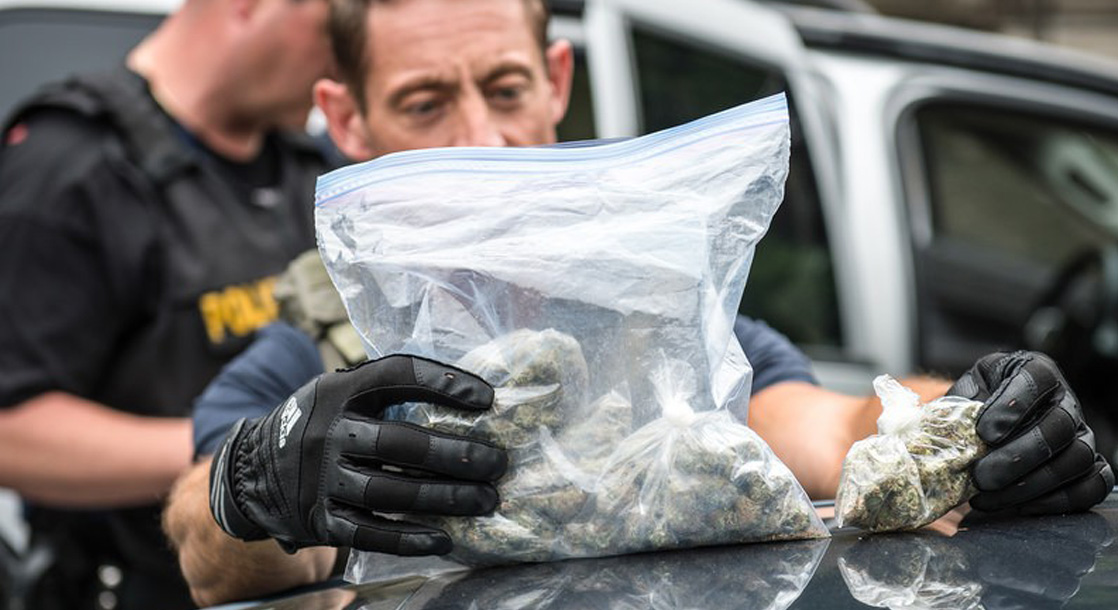Next year, Ohio has a shot at joining the 17 US states that have fully legalized adult-use cannabis.
Ohio Attorney General Dave Yost just certified a revised petition to place an adult-use legalization measure on the state’s 2022 midterm election ballot. Two weeks ago, Yost rejected an earlier draft of the petition for failing to meet the standard of a “fair and truthful statement of the proposed law or constitutional amendment,” according to NBC affiliate WCMH.
The Coalition to Regulate Marijuana Like Alcohol (CTRMLA), the advocacy group behind the legalization measure, quickly scrambled to revise and resubmit the petition. This week, Yost acknowledged that the revised petition is no longer misleading and submitted an official certification to the Secretary of State. This approval is only the beginning of a much longer process, though.
Next, the Ohio Ballot Board must determine whether the petition complies with a state law requiring ballot measures to stick to one subject. Single-subject laws have been a serious problem for cannabis reform measures of late. This February, the South Dakota Supreme Court killed the state’s new voter-approved adult-use law for violating single-subject rules, and a Nebraska court shot down a medical marijuana initiative for the same reason last year.
If the ballot board does approve the petition, the CTRMLA will need to collect signatures in support of the measure from at least 44 of the 88 counties in the state. For each of these counties, the group must collect a number of signatures that exceeds 1.5 percent of the total number of people who voted in the last state gubernatorial election. In total, the group will need 132,887 valid signatures to advance to the next stage.
Once these signatures are submitted, the proposal will be sent to the state General Assembly, who will consider passing the proposal into law. If lawmakers fail to pass the bill within four months, or if they amend it, activists can begin the work to actually place it on the 2022 ballot. In order to do so, the CTRMLA will need to collect an additional 132,887 valid signatures. And if this final step succeeds, Ohio voters will have a chance to vote on the proposal next fall.
If approved, Ohio adults would be able to legally possess up to 2.5 ounces of weed and up to 15 grams of concentrates. Adults could grow up to 6 plants each, up to a maximum of 12 per household, for personal use. The initiative would also create a taxed and regulated adult-use cannabis sales market with a minimum of 40 cultivators and 50 retailers.
Legal sales would be hit with a 10 percent excise tax. Three percent of this tax revenue would go to fund the cost of regulating the market, and another 25 percent would go to education and substance abuse programs. The remaining 72 percent of revenue would be equally divided between social equity and job programs for localities that opt-in to allowing local weed sales.
Ohio lawmakers might just beat this legalization ballot measure to the punch, though. Last month, legislators introduced the state’s first-ever adult-use bill. This bill would also create a regulated retail market with a 10 percent excise tax, but it would up the personal possession limits to 5 oz. of weed and the home-grow limits to 12 plants per adult.
Unlike the CTRMLA initiative, the new bill includes a number of social justice measures, including provisions that would require the state to automatically expunge former convictions. The proposed ballot measure only contains vague language requiring the state to “study and fund” cannabis-related criminal justice reform.
The legislative bill may be more progressive, but the voter-approved measure probably has a greater chance of success. Even if lawmakers can push their bill through the General Assembly, Gov. Mike DeWine (R) is likely to veto it. But if activists succeed at getting their measure on the ballot, the decision will be up to voters, not politicians. And considering the fact that 75 percent of American voters support legalization, Ohio might just say yes to legal pot.











